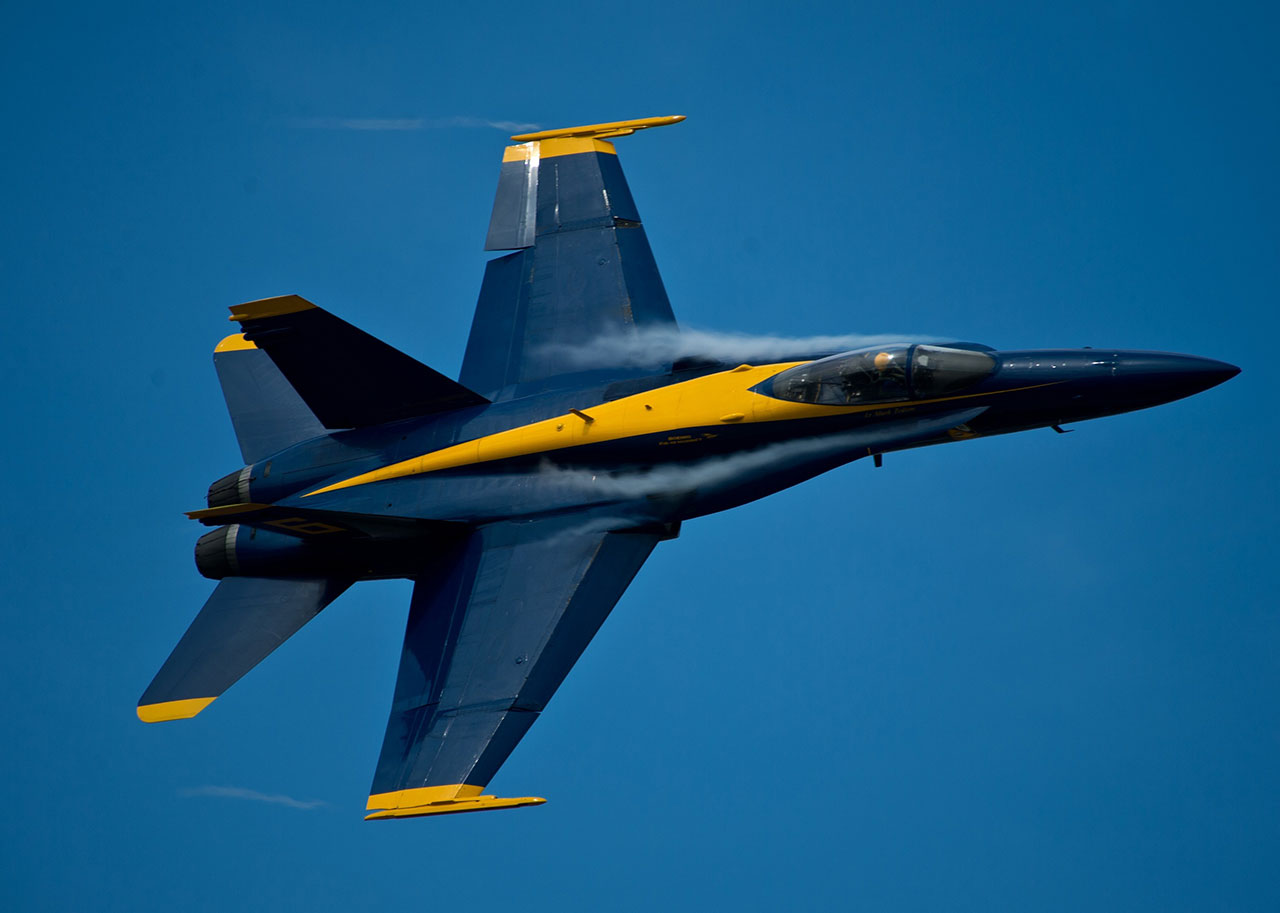Fastest plane in the world
The fastest plane in the world is currently the North American X-15, a rocket-powered aircraft which holds the official world record for the highest speed ever achieved by a manned aircraft. On October 3, 1967, X-15 pilot William J. “Pete” Knight reached a speed of 4,520 miles per hour (7,274 kilometers per hour), or Mach 6.72, while flying at an altitude of 102,100 feet (31,120 meters).
The X-15 was a research aircraft designed to explore the boundaries of flight at high speeds and altitudes. It was powered by a combination of rocket and jet engines and could reach speeds of up to Mach 6.7, or about 7 times the speed of sound. The X-15 program operated from 1959 to 1968, during which time the aircraft flew 199 missions and set numerous records.
Other notable high-speed aircraft include the SR-71 Blackbird reconnaissance aircraft, which could fly at speeds of up to Mach 3.2, and the MiG-25 Foxbat interceptor, which could reach speeds of up to Mach 3.2 as well. However, neither of these aircraft could match the X-15’s record-breaking speed.
- The X-15 was developed by NASA, the US Air Force, and North American Aviation, and was designed to fly at extremely high speeds and altitudes to conduct scientific research on hypersonic flight, aerodynamics, and heat management.
- The X-15 was launched from a B-52 bomber at an altitude of around 45,000 feet and then fired its rocket engine to accelerate to high speeds and altitudes.
- The X-15 was flown by 12 pilots, including Neil Armstrong, who later became the first person to walk on the Moon.
- The X-15 set a number of other records besides its top speed, including altitude records of over 350,000 feet (106,680 meters), which is over twice the altitude of a typical commercial airliner.
- The X-15 was retired from service in 1970 after a total of 199 flights, including 13 flights that reached the edge of space (defined as an altitude of over 50 miles or 80 kilometers).
- The X-15 program contributed greatly to the development of technologies used in modern spaceflight, including heat-resistant materials, advanced rocket engines, and high-performance aircraft design.
- The X-15 was one of the first aircraft to use a reaction control system (RCS) to help control its orientation and maneuverability in space. The RCS used small rockets to provide thrust in different directions, allowing the pilot to adjust the plane’s pitch, roll, and yaw.
- During its high-speed flights, the X-15 generated tremendous heat from atmospheric friction. To protect the aircraft and pilot from this heat, the X-15 was coated in a special ablative material that would burn away as it absorbed heat, carrying that heat away from the vehicle. This allowed the X-15 to reach temperatures of up to 2,900 degrees Fahrenheit (1,600 degrees Celsius) without damaging the aircraft.
- The X-15 had a maximum altitude of over 354,000 feet (107.96 kilometers), which is still the highest altitude ever reached by a manned aircraft.
- The X-15 had a relatively short flight time of only a few minutes at most due to its limited fuel capacity, but during that time, it could cover a lot of ground. In one flight, X-15 pilot Robert White flew over 200 miles (320 kilometers) in just 8 minutes and 26 seconds.
- The X-15 was also used to test and validate other advanced technologies, such as inertial guidance systems, reaction control systems, and advanced radar and telemetry systems



